Jasmine- The symbol of Love, Beauty, and Elegance
Jasmine- The symbol of Love, Beauty, and Elegance

The word Jasmine must sound familiar to all of you. You may have heard of jasmine-scented candles, jasmine-flavored tea, or essential oils with jasmine extracts.
Popularly known for its scented blooms, the Jasmine flower has a lot more to it. So, let’s familiarize you with these unique and nifty flowers, along with some interesting facts.
Origin and History of Jasmine Flowers
In ancient Arabia, these beautiful flowers were called Yasmine. They are native to some warm temperate and tropical regions of the Old World (Eurasia, Oceania, and Africa).
The flower is known as a symbol of love and good luck. It was seen, usually in the hands of royal princesses and beautiful ladies.
Due to its popularity in ancient times, it made its place in several Chinese folklore.
Their Meaning and Symbolism
Jasmine flower is available in various colors like red, pink, white, yellow, and more. And each colored Jasmine represents different things.
However, the Jasmine flowers all symbolize love, beauty, and purity. They are used on happy occasions for a cheerful yet calm and positive vibe.
According to the ancient Egyptian language, Jasmine means love, beauty, and elegance.
Interesting Facts About Jasmine
1. They are fragrant flowered species of shrubs and vines belonging to the olive family.
2. These shrubs or vines can grow up to 10-15 feet tall.
3. There are around 200 known species of Jasmine.
4. Their buds are more fragrant than the petals.
5. In India, they are called the Queen of the Night because of their strong smell at night.
6. This elegant bloom is the national flower of Pakistan.
7. Jasmine tea is beneficial to health because it contains a high level of antioxidants. It can lower blood pressure and heart rate and reduce cancer risk.
8. It is cultivated for domestic and industrial purposes.
9. The 2011 Tunisian Revolution and the change of presidency in Tunisia in 1987, were known as the Jasmine revolutions, indicating the flower.
Sneak Peak at the Popular Varieties of Jasmine
Common Jasmine
The scientific name is Jasminum officinale, and the color is white. It blooms from June-August. This variety is popular for its extraordinary fragrance.
White Jasmine
The scientific name is Jasminum polyanthum, and the color is white. It blooms in late winter and also in spring. This variety is known for its fragrant climbing flower.
Royal Jasmine
The scientific name is Jasminum grandiflorum, and the color is white. It blooms in summer and fall. This variety is known for its blooming under the sun as well as shade.
Italian Jasmine
The scientific name is Jasminum humile, and the color is white. It blooms in late spring till early summer. This variety is known for attracting bees and hummingbirds. It’s different in appearance from the rest varieties of Jasmine.
Arabian Jasmine
The scientific name is Jasminum sambac, and the color is white. It blooms in summerfall. This variety is the national flower of the Philippines and Indonesia. This variety is seen used for both wedding decorations and funeral purposes.
Angel Wing Jasmine
The scientific name is Jasminum nitidum, and the color is white with a shade of purple. It blooms in summer. This variety is popular for its extraordinary fragrance. Angle Wing looks pretty to the eyes, and the scent is mesmerizing.
Star Jasmine
The scientific name is Jasminum multiflorum, and the color is white. It blooms in winter. This variety is grown mostly in India. Star jasmine has a link with Indian mythology and is offered to Lord Vishnu and looks pretty to the eyes. The flower has a strong presence in Indian Manipuri weddings. The scent of the flower is comparatively lesser than other Jasmine varieties. In my fathers garden it blooms brilliantly and it seems like I am in the midst of heaven. In Bengali we call this flower as Beel Phool.
Lemon-Scented Jasmine
The scientific name is Jasminum azoricum, and the color is white. It blooms in late spring till late autumn. It’s a native of the Madeira island of Portugal. Its fragrance remains at its peak during the period of Sunset.
Several countries and states consider Jasmine as their national symbol. And why will they not? This elegant flower representing love, beauty, and purity holds cultural importance.
This post is part of #BlogchatterA2Z

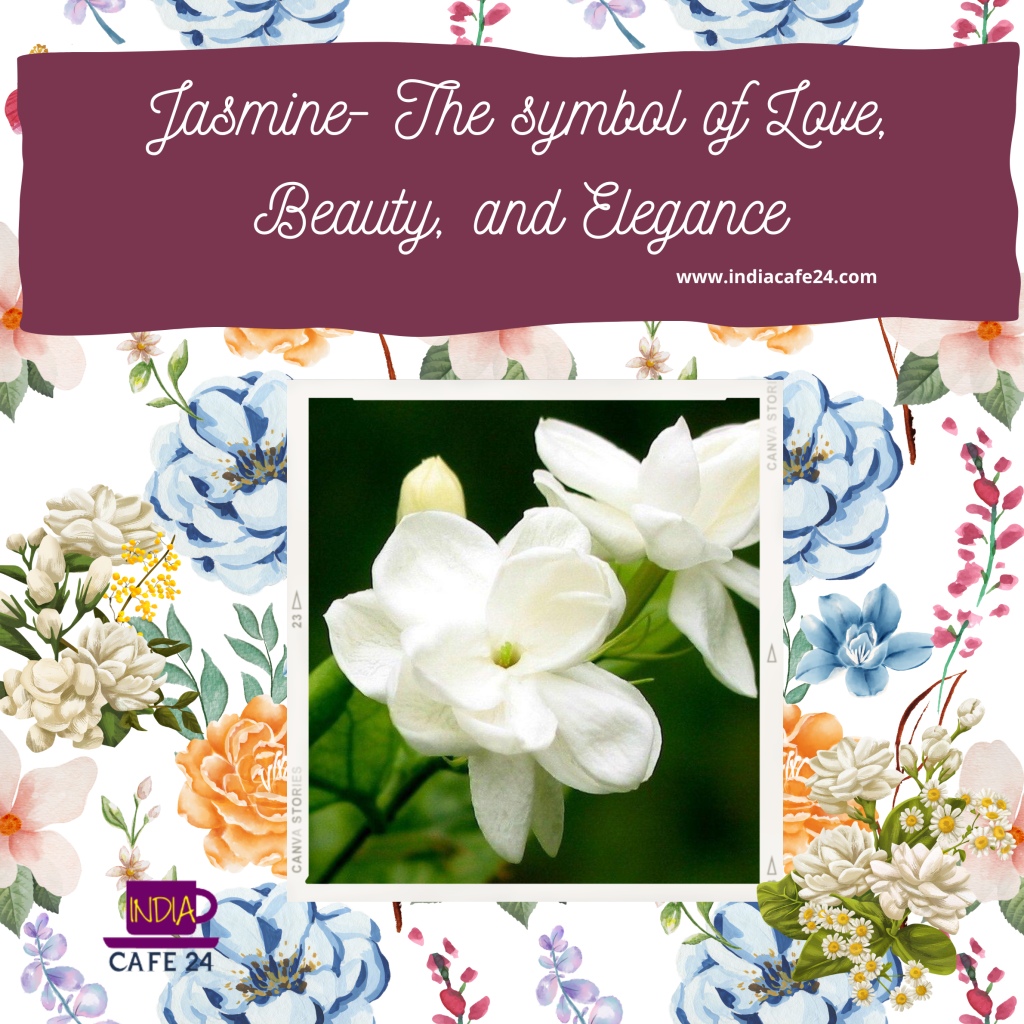
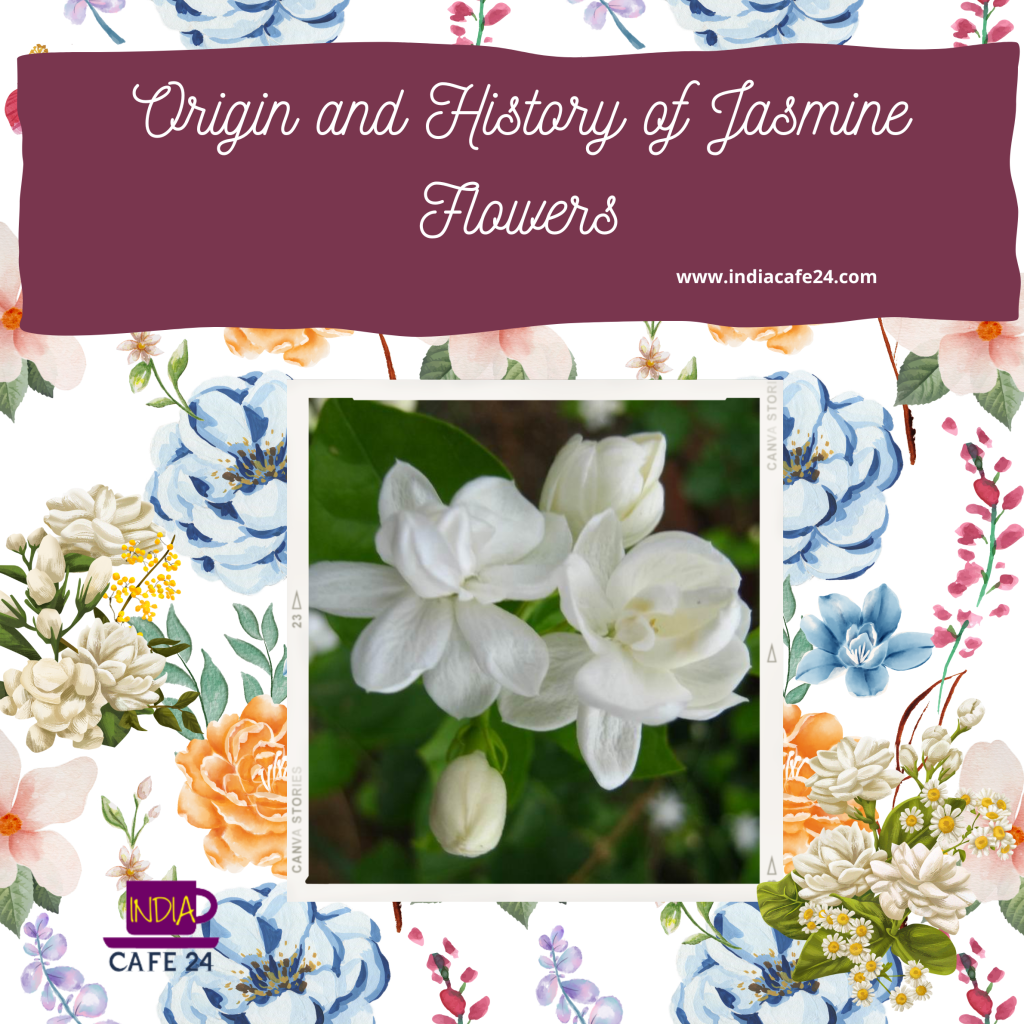
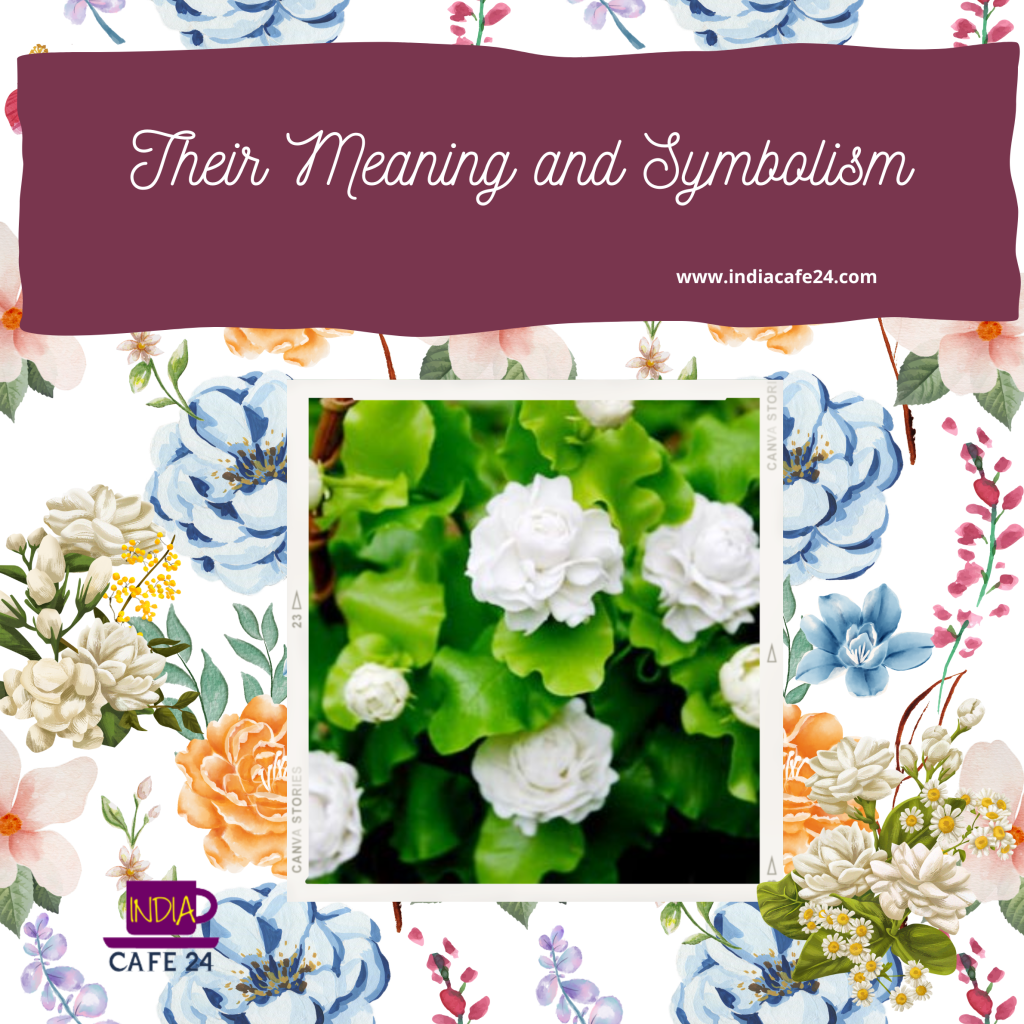
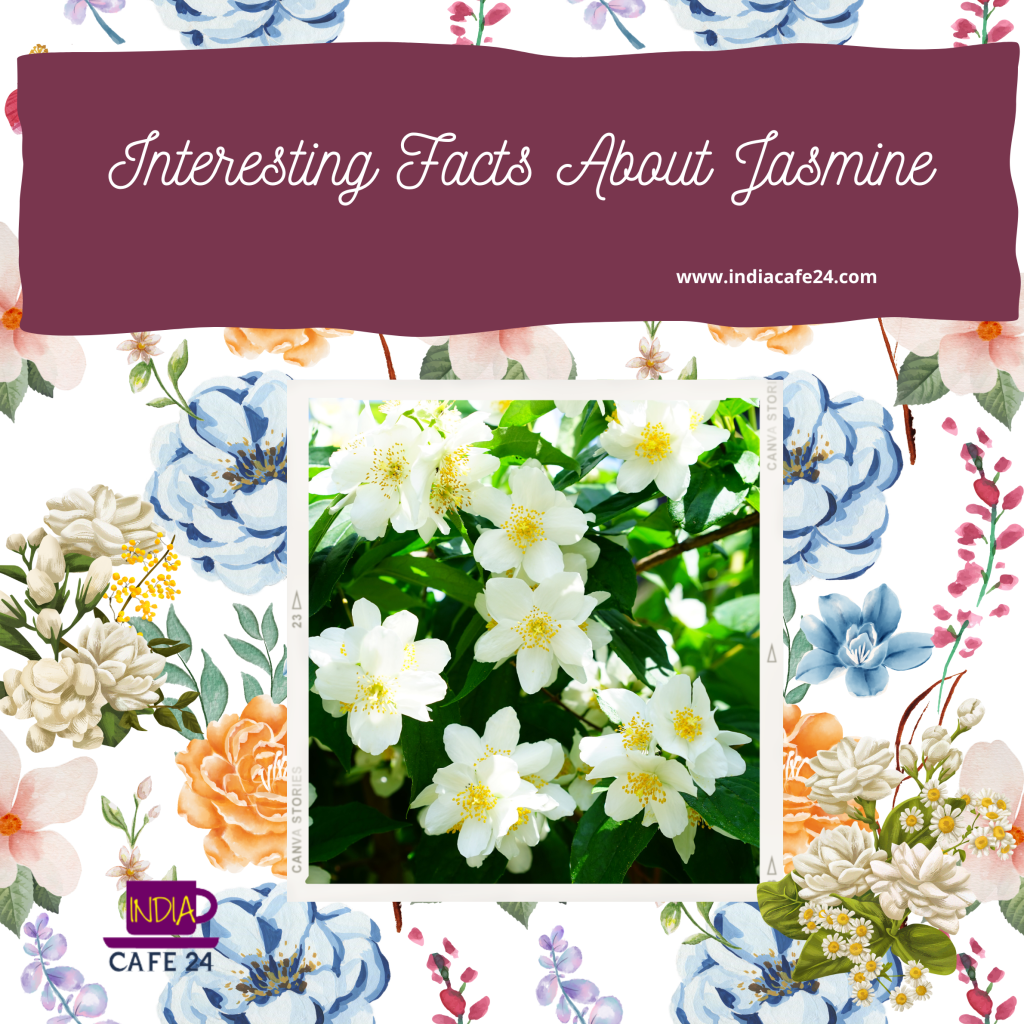
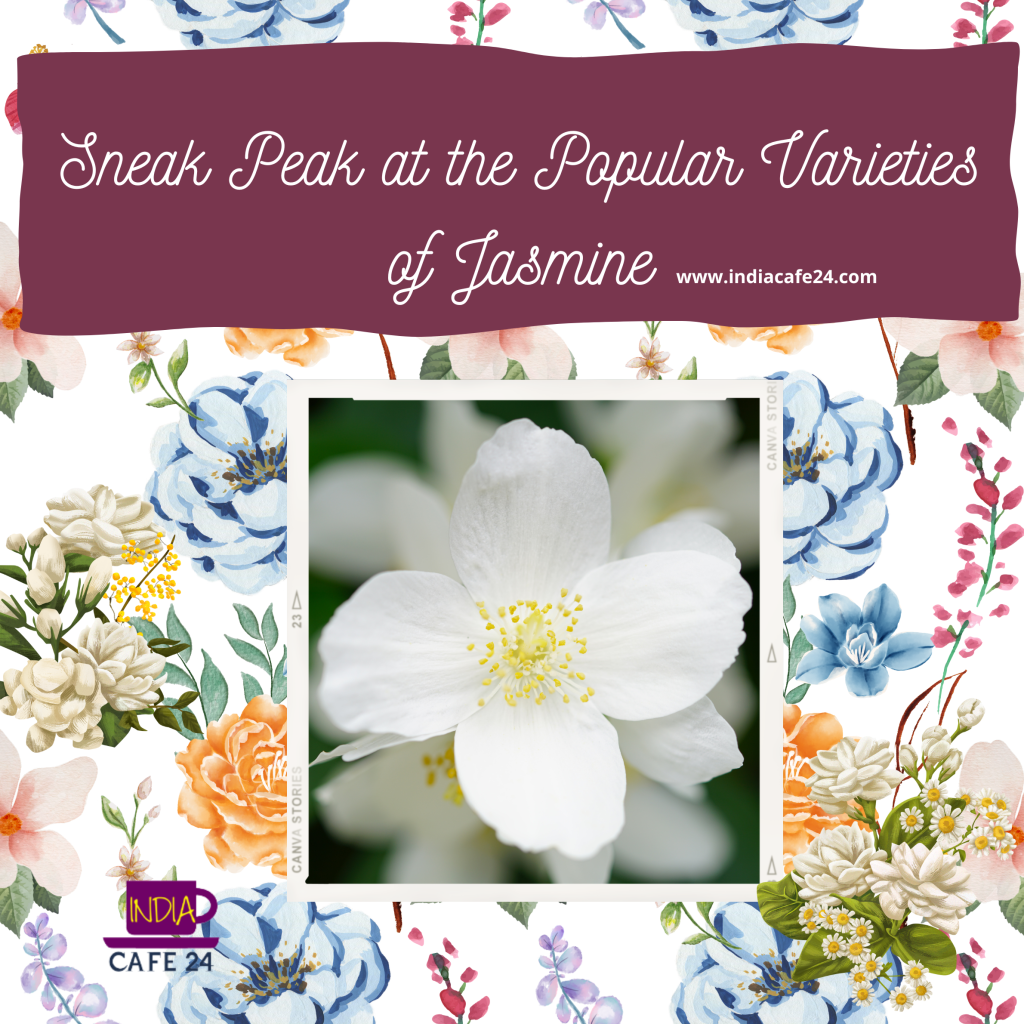
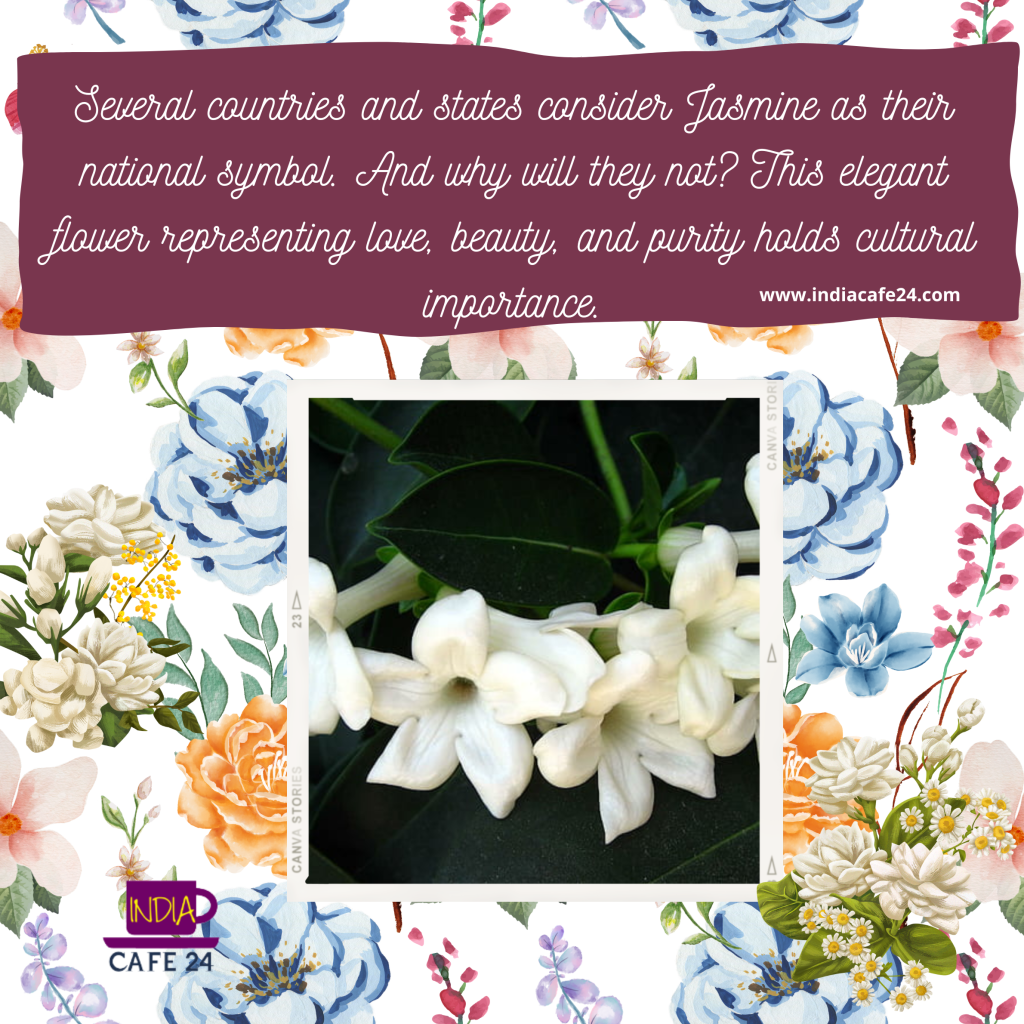
Leave a Reply